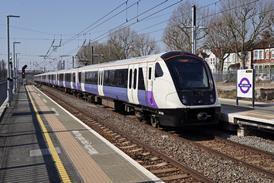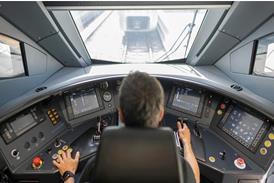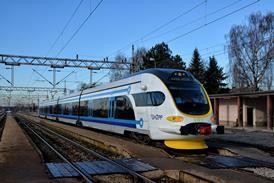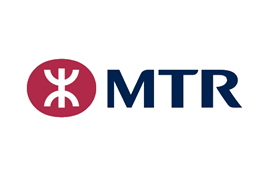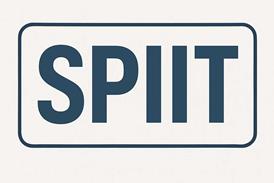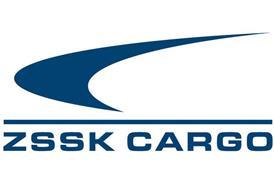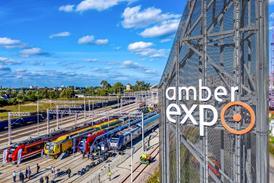A shift to a cloud-based operating regime solves the problems of trying to make cluttered, geographically discrete terrestrial systems work together.

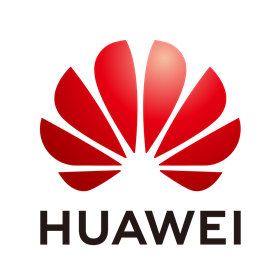
Globally, railway infrastructure operators share the same ambitions. Broadly, these are to derive more capacity and efficiencies from existing infrastructure through the application of a greater range of data-derived applications. At the same time, safety and security must remain un-compromised; better yet, they should if possible be significantly improved.
Digitalisation is the means of delivery. Unfortunately, the railway sector faces the same problem which bedevils other modes of transport: the ambitions might be the identical but developments have taken place in geographically isolated pockets. In many or even most instances, little or no regard has been paid to the realisation of physical links or protocols which enable interaction between the different deployed solutions.
Earlier-generation solutions to such issues turned to the internet.
Nevertheless, Datex2 still resulted in a bespoke solution for a relatively limited number of users in a single sector: roads.
Enter the cloud
Coming forward a generation, the cloud has emerged as a reliable means of unifying and managing data from large numbers of sources that can sometimes be significantly different.
A key differentiator for the cloud is that it has universal utility, in the sense that a single technological solution can be applied to different end uses.
Not only does this make deployments simpler, quicker and less costly, it also means that as different sectors come together they can be united more readily via the same platforms. This is a significant enabler of, for instance, Mobility as a Service, which aims to provide travellers with information on journey options across multiple modes but which, to be successful, relies on the integration of data from many different stakeholders.
Rail Cloud Solution
At the ground level, the increasing use of the 4/5G-based FRMCS (Future Railway Mobile Communication System) is already bringing us many of the changes that are being demanded by both train operators and users. These include moving block-based train operations, real-time train status monitoring, Online driver fatigue detection, intelligent operations and maintenance, and railway IoT, as well as value-added services like multimedia dispatch communications, intelligent infrastructure management, trackside IoT(i.e., weather warning), predictive maintenance, and passenger information transmission.
All of this leads to railway networks that function far better in all respects. However, it also leads to far greater quantities of data that need to be effectively managed in real and near-real time; if relatively timely and technologically less complex deployments of new operating methodologies are to be achieved across larger geographic areas, the cloud is the only realistic solution.
The Huawei Rail Cloud Solution provides all of the features described above. It has been developed specifically to address the industry-wide challenge of inconsistent standards across platforms and optimisation of resource utilisation while enhancing efficiency and assuring reliability.
Architecture and features
The Huawei Rail Cloud Solution is a distributed design that features three-level collaboration at the railway group, administration and edge depot levels.
Building the architecture in this manner results in a cloud solution that is secure and reliable. It also becomes much more resilient: the group centre adopts geo-redundant disaster recovery, meaning that mission-critical components can be distributed across multiple servers. The railway administration centres can construct their own back-up centres or re-use the resources provided by the group centre. Meanwhile, edge computing nodes at individual depots are interconnected through the data communication network.
The Huawei Rail Cloud Solution integrates hardware and software to provide a full-stack solution — computing, storage, networks, operating systems, databases and platforms. Its multi-scale (local/intra-city/remote/geo-redundant) and all-scenario disaster-recovery characteristics meet the different reliability requirements of all levels of railway operation.
The solution’s developers have ensured that a mature toolchain and ecosystem for adaptation and migration, combined with excellent end-to-end services and best practices, enables quick adaptation of railway applications and smooth migration to the cloud.
PRASA realises benefits
Huawei’s cloud stack is already providing the Passenger Rail Agency of South Africa (PRASA) with a unified application deployment platform.
The PRASA deployment utilises ManageOne, which provides centralised control, governance and Operations and Maintenance (O&M) capabilities; because one tool is used to cover all O&M functions, efficiency is improved and there are reduced labour costs.
Use of the cloud stack has put an end to siloed activities. Looking forward, it will enable more rapid application deployments and so greatly improve production efficiencies — the Rail Cloud Solution’s quickly configurable resource allocation reduces the time taken to launch apps from months to just a few days, effectively making it an on-demand service.
Summarised benefits
By comparison with historical methods of working, According to the past project practices , the Huawei Rail Cloud Solution typically improve resource utilization rates by 50~80% compared to traditional on-premised IT infrastructure. Its geo-redundant, intra-city active-active and application active-active disaster recovery capabilities ensures the reliability of key services; active-active applications based on cloud native services and databases achieve a recovery time objective of less than 60 seconds and a recovery point objective of zero. the collaboration between software and hardware enables a 30% improvement in big data performance. and the capabilities of the Pangu Railway Model significantly accelerate the development of new AI-based applications.
Meet Huawei at the 12th Congress on High-Speed Rail, which will take place from July 8 to July 11, 2025 in Beijing.
Venues: Beijing National Convention Center & National Railway Test Center
Huawei Booth: Hall 2-G2120
Join us to Accelerate Railway Intelligence.


